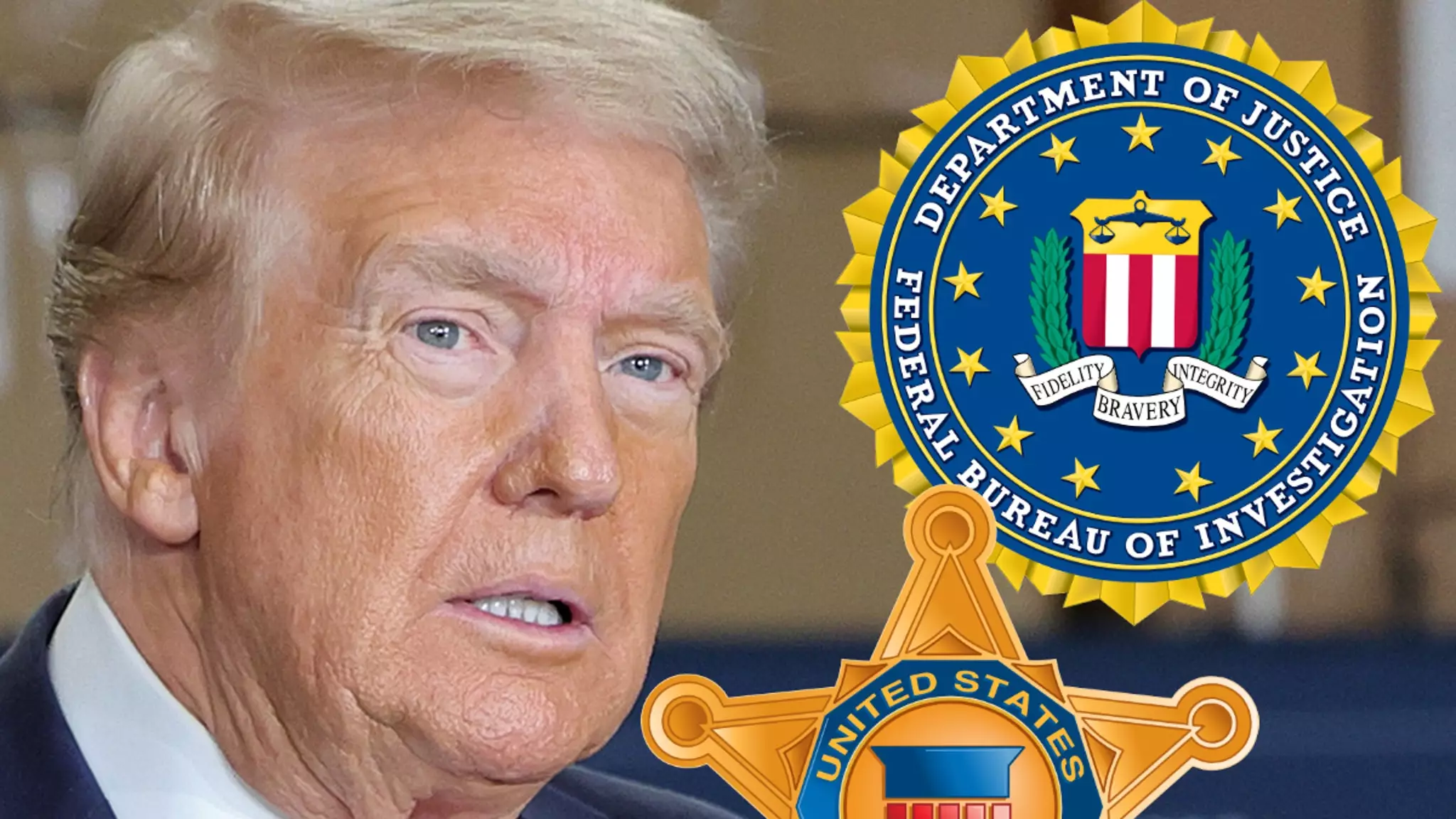In an alarming incident at last weekend’s Coachella rally for former President Donald Trump, 49-year-old Vem Miller was apprehended on gun-related charges. Initially, the situation appeared manageable as local law enforcement managed an interaction with Miller that was described as friendly. However, problems arose when federal authorities intervened, leading to a breakdown in the potential for critical insights regarding Miller’s intentions. This incident calls into question how law enforcement agencies can effectively coordinate in high-stakes environments.
Riverside County Sheriff Chad Bianco provided details following the incident, indicating that Miller was compliant and forthcoming when engaged by the sheriff’s department. The suspect answered questions about the firearms in his possession, suggesting a level of initial cooperation that could have provided law enforcement with vital information on his intentions. However, the sheriff emphasized that the core issue arose when federal officials arrived on the scene. Delays and communication mishaps occurred, turning what could have been a constructive dialogue into a frustrating experience for Miller, ultimately resulting in his unwillingness to engage further.
The delays experienced by federal agents, particularly the FBI and the Secret Service, underpin a significant failure in procedural efficiency. Miller’s growing impatience was palpable, leading to an inevitable refusal to share information by the time federal investigators managed to talk to him. By the time they arrived, their opportunity to glean a motive for Miller’s actions had evaporated. The situation serves as a cautionary tale about the dangers of bureaucratic delays, especially in cases involving potential threats to national figures.
While Sheriff Bianco believed there might have been intent on Miller’s part to harm Trump, the lack of cooperation later on cast doubt on this theory. Miller himself denied having any such motivations during subsequent media interactions. The interplay of speculation, miscommunication, and the refusal to engage in dialogue highlights the complications faced by authorities when trying to decipher motives and intentions in high-tension scenarios.
After Miller’s initial encounter with law enforcement, he opted to invoke his right to legal counsel, effectively halting any further discussions with federal investigators. This aspect of the incident introduces legal complexities regarding whether Miller may later choose to cooperate with the investigation or if federal authorities will have to compel him to provide information. Increasingly, the situation appears to highlight the ongoing challenge law enforcement faces when dealing with suspected individuals who are aware of their rights.
As the investigation continues, the fallout from this incident will likely extend beyond immediate legal consequences. It has raised essential questions about inter-agency collaboration and the importance of timely action in scenarios involving public figures. Overall, the unexpected outcomes from what began as a straightforward questioning exemplify how delays and miscommunications can lead to missed opportunities in understanding the motives behind potentially dangerous situations. As this case unfolds, it will likely provide further insight into the dynamics of enforcement and security at public events in the future.

